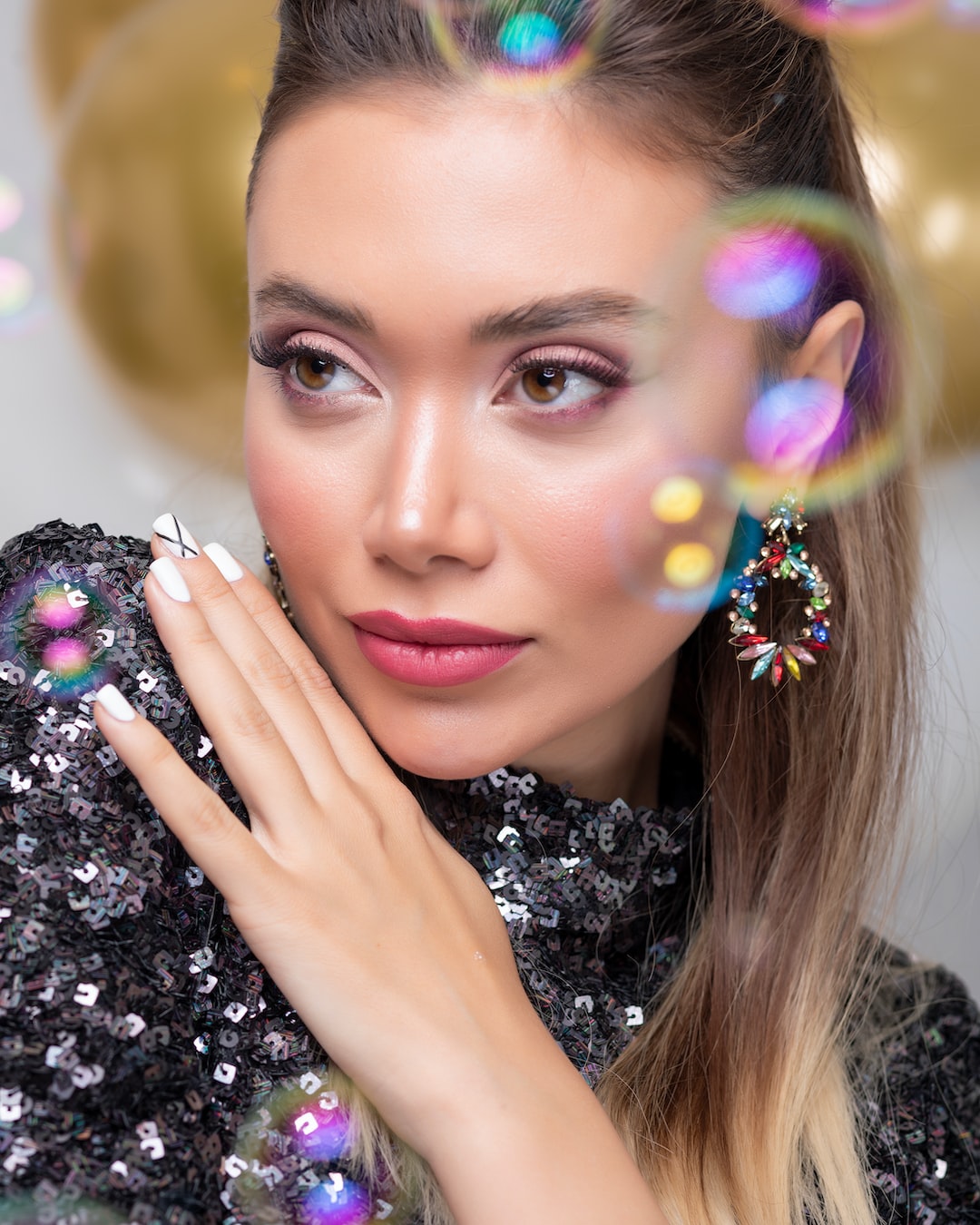
A Guide to Understanding Cosmetics Labels: What Do Those Ingredients Mean?
Share0A Guide to Understanding Cosmetics Labels: What Do Those Ingredients Mean?
When it comes to choosing cosmetics, many of us are often bombarded with a dizzying array of unfamiliar ingredients listed on the product labels. It’s easy to feel overwhelmed and wonder what all those scientific-sounding names mean. However, understanding these ingredients is essential for making informed decisions about the products we use on our bodies. In this guide, we will decipher some common cosmetic ingredients and shed light on what they actually mean.
1. Parabens:
Parabens are preservatives commonly used in cosmetics. They help to prevent the growth of bacteria in the product, extending its shelf life. However, there has been concern over their potential links to hormonal disruption. Look out for alternatives such as phenoxyethanol or sorbic acid if you prefer to avoid parabens.
2. Silicones:
Silicones are often found in hair care and skincare products to provide a silky, smooth texture. They create a protective barrier on the skin or hair, helping to lock in moisture and prevent water loss. However, some people may find that silicones lead to clogged pores or weigh down their hair. If you have sensitive skin or hair, consider opting for silicone-free alternatives.
3. Sulfates:
Sulfates, such as sodium lauryl sulfate (SLS) and sodium laureth sulfate (SLES), are commonly used in shampoos and cleansers. They create a rich lather, breaking down dirt and oil on the skin and hair. However, sulfates can be harsh and drying, stripping away natural oils. Look for sulfate-free options if you have dry or sensitive skin.
4. Fragrance:
Fragrance is a term used to describe a blend of various chemicals used to give products a pleasant scent. While it can enhance the user experience, it’s important to note that fragrance can be a potential allergen for some individuals. If you have sensitive skin or are prone to allergies, choose products that are labeled “fragrance-free” or “unscented.”
5. Alcohol:
Alcohol is commonly found in skincare products as a solvent and preservative. It helps to stabilize the formula and promote quick-drying. However, certain types of alcohol, such as ethanol or denatured alcohol, can be drying and irritating to the skin. Look out for fatty alcohols like cetyl alcohol or stearyl alcohol, which are more gentle and moisturizing.
6. Retinol:
Retinol is a derivative of vitamin A and is often praised for its anti-aging properties. It stimulates collagen production, reduces the appearance of wrinkles, and improves skin texture. However, retinol can also be harsh and cause irritation, especially for those with sensitive skin. Start with a low concentration and consult with a dermatologist before incorporating retinol into your skincare routine.
7. Organic:
The term “organic” on a cosmetic label refers to ingredients that have been cultivated using organic farming practices. These products are free from synthetic pesticides, antibiotics, or genetically modified organisms (GMOs). However, it’s important to note that a cosmetic labeled as “organic” may not be entirely organic. Look for certifications like USDA Organic or EcoCert to ensure a higher percentage of organic ingredients.
Understanding cosmetic labels is crucial for making informed choices about the products we use. By familiarizing ourselves with these common ingredients, we can ensure that our skincare and makeup routine aligns with our personal preferences and skin needs. Remember, what works for one person may not work for another, so it’s always beneficial to experiment and find what suits your skin best.
